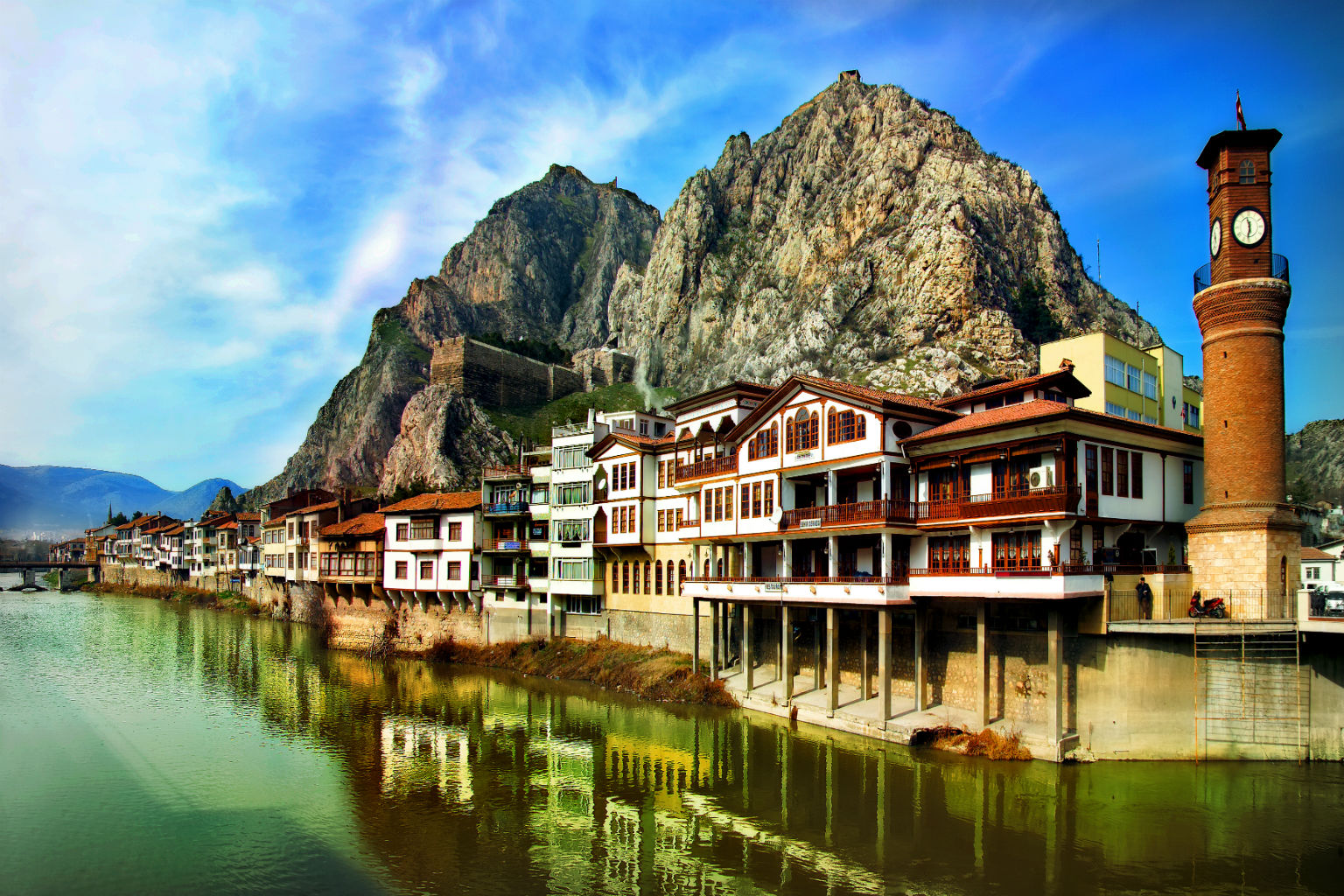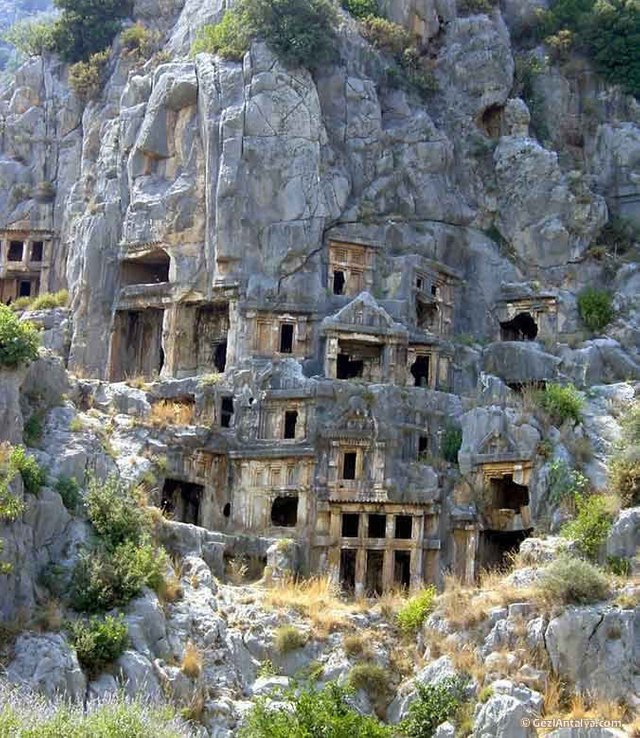HISTORY OF TURKEY

Amasya is the city which is the center of Amasya in the Black Sea Region. By 2014, it has a total population of 321,913. The central district has a population of 135,950.
Central Black Sea Department. It is one of the old settlement areas of Anatolia. Starting from the Hittites, it became the center of various civilizations. The oldest known name of the city is Amasya, which has come to us with no change as much as the day-to-day format. In the old records and in the finds Amesseia - Amacia - Amaccia name is read. It is possible to see on the silver and bronze coins (money) used in trade during the periods of Persia, Pontos and Roman Empire, where the name of Amasya is obviously read.
On some coins there are the names of Amaccia or Amacia. Before and after the conquest of Amasya, the Turks did Amasya, as Amasseia or Amacia were told in Turkism. [Citation needed]
Strabon, known to have originated in Amasya in 60 BC and 19 AD and is known as a miracle of geography, refers to Amasya as Amasseia in his famous geography book.

Historical
Myra Excavations started and continues in Nevzat Cevik in 2009. In 2010, a comprehensive book was published by the excavation team. According to Agile, Myra's early name was Muri. Some researchers believe that Myra is the same settlement as Arzawa's Mira, but there is no proven connection. Before Myra was a member of the Lycian alliance (168-43 BC), there was no written source about Myra; According to Strabo (14: 665), he was one of the greatest cities of the alliance.
The Greek people worshiped Artemis Eleutheria, the guardian goddess of the city. Zeus, Athena and Tike were also worshiped.
Most of the ruins of the city belonging to the Lycian and Roman periods are under the alluvial deposits. The acropolis on the mountain above the ancient theater was destroyed to a great extent. Near the theater there are late-period remains that may be baths and basilica. The open-air theater was destroyed in an earthquake in 141 but was later re-built.
Rock graves in Myra.
There are two Lycian necropolis in Myra, these are gathered in the area called the river necropolis on the rocky side of the theater and east of it. Most of the rock tombs look like a big house from a distance, and some are temple-shaped. The most striking grave of the river necropolis is the "Tomb of the Graveyard", which is said to have been able to choose red, yellow, blue and purple colors when Charles Fellows saw rock tombs in 1840. Today, these colors are simply invisible from the colors red and blue. Another highlight in this grave is eleven figures of human figures made in relief in true measure.
The Myriad ports, Andriake, had a chain in the mouth of the river to protect them from the raids of pirates. This chain was broken in 42 BC by Marcus Junius Brutus when Lentulus Spinther, who was sent to Myra in order to collect money, entered the city
Great photo, we lovers photography ("-")
Follow @ziapase
thank you so much